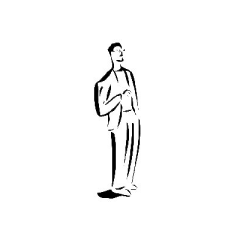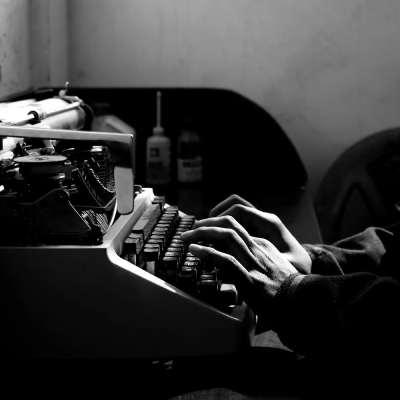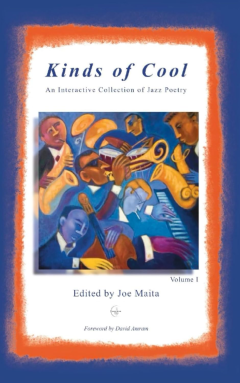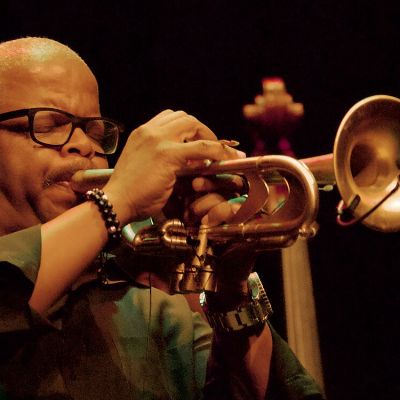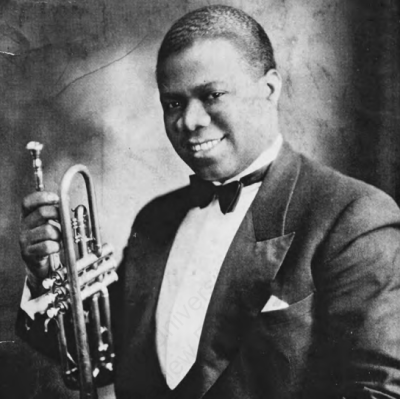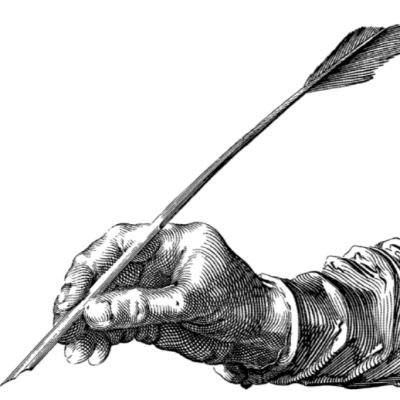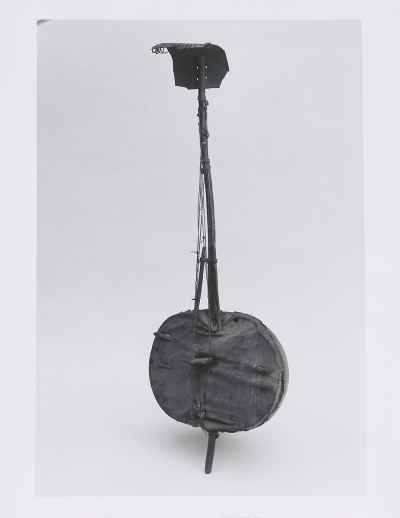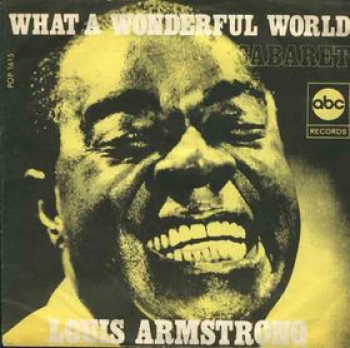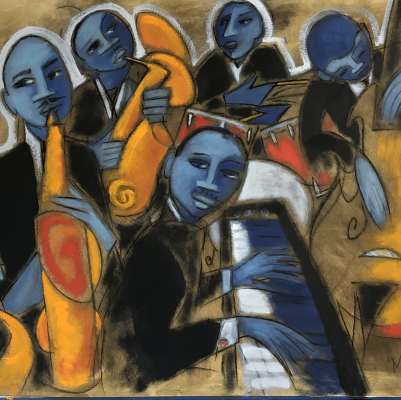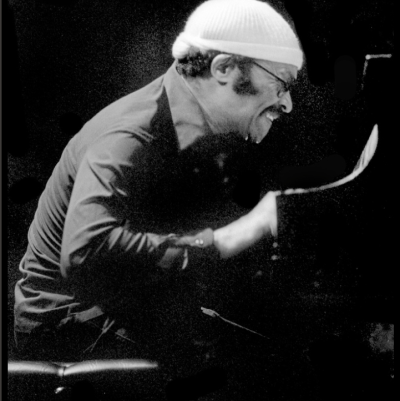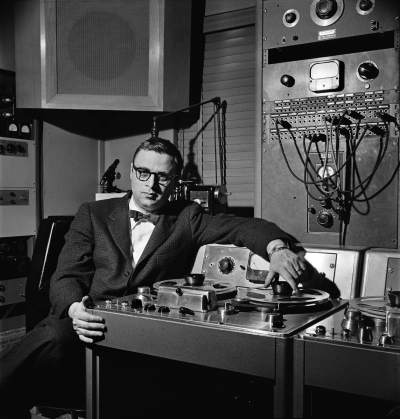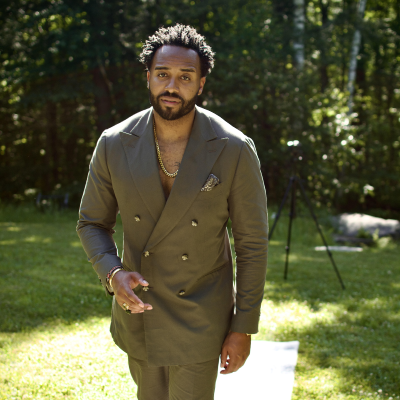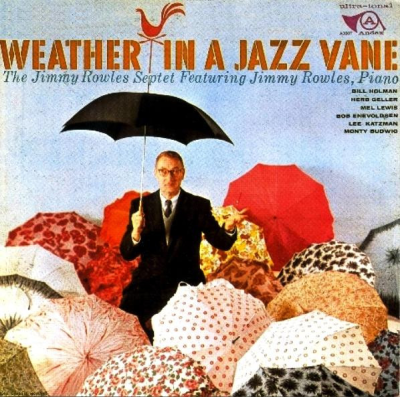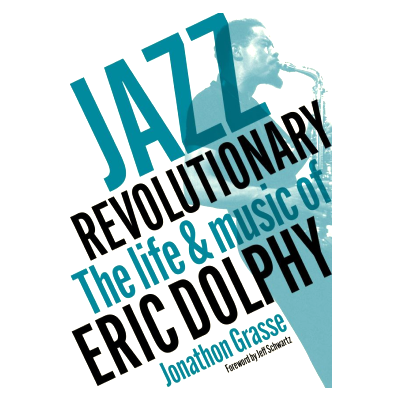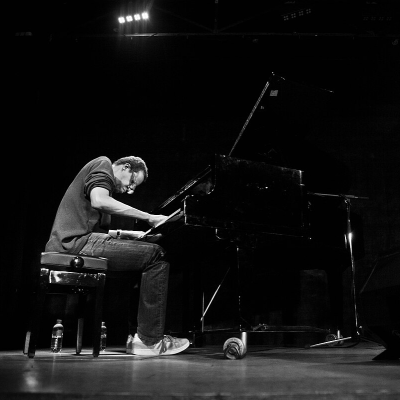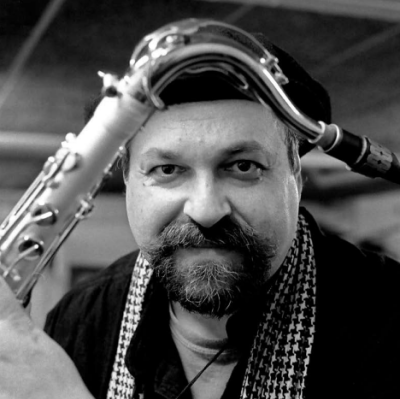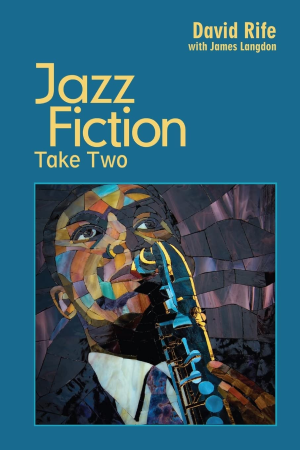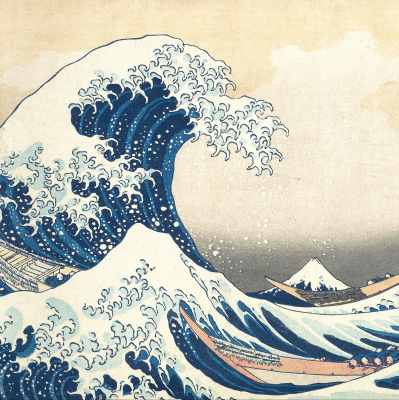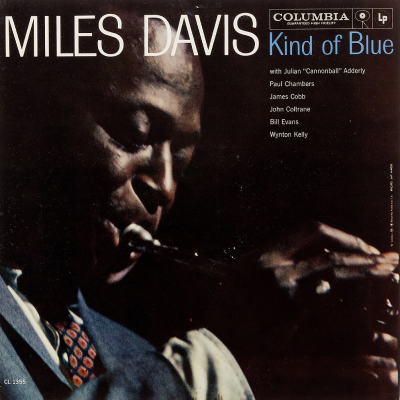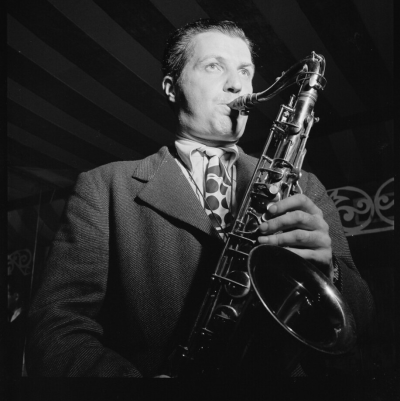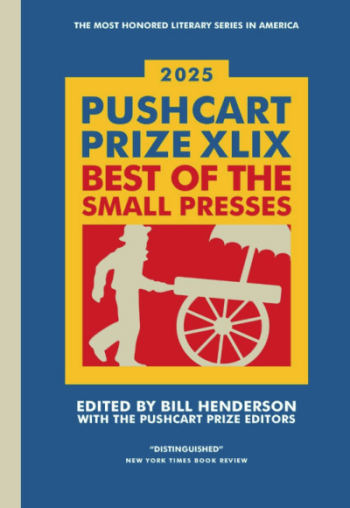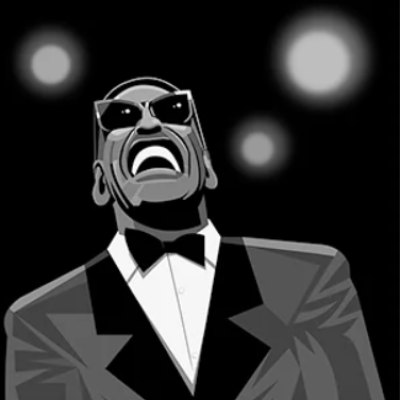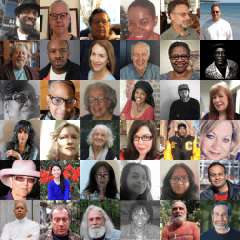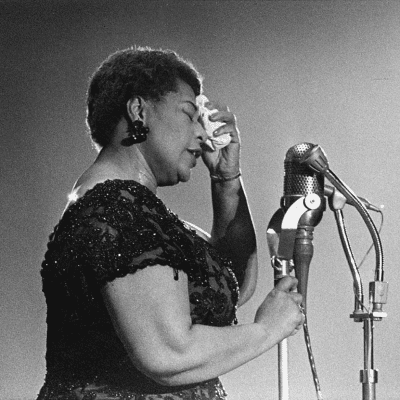“Greatest” is a slippery word, one that I myself would hesitate to use in this context. What does it mean? Probably not “most influential,” certainly not “my favorite.” Sure, I can think of three or four solos off the top of my head that would fill the bill, plus at least another half-dozen personal favorites that I’d hate to live without — but is any one of them really and truly the Very Best Sax Solo Ever Played? I’m reluctant to make such a sweeping claim. Nevertheless, those are the rules of the game, and so with nervous nods on either side to Lester Young’s “Lady Be Good” and Coleman Hawkins’ “Body and Soul,” both of which I love with all my heart, I’ll take a deep breath and say…Charlie Parker’s “Parker’s Mood.”
Of course there are other Parker solos that could plausibly be described as no less great, most notably the exquisite first take of “Embraceable You.” Still, there’s something about “Parker’s Mood” that cuts straight to the heart of the matter, from that indelible opening fanfare to the three repeated B-flats with which Parker brusquely seizes back the stage after John Lewis’ pastel piano chorus. It’s so concise, so completely to the point: he gets on, he gets off, and when it’s over you know exactly what he meant to tell you and feel the way he wanted you to feel, all in three lapidary minutes. “Grace comes,” Merce Cunningham said, “when the energy for the given situation is full and there is no excess.” If a record can do that, this one does.
And is it really, truly the best of the best? All I can tell you is that every time I’ve had occasion to play a handful of jazz records for a novice who wants to know what the music is all about, “Parker’s Mood” has been one of them.
The obvious answer is that there is no such thing. There can be no such thing as the greatest saxophone solo, for several reasons. First, after a certain point the level of excellence achieved by some artists is so great, that the profundity of their contribution to the record of human feeling and experience renders it meaningless to subject their work to an hierarchical evaluation that is more akin to a sporting event than an artistic endeavor. Second, with the high level of playing by so many players, both those who have joined the ancestors and those still alive, it is clear that it is a matter of taste and personal experience which saxophonists touch us most directly. In the task at hand the playing is further reduced from a social and artistic fabric by the necessity of limiting our choice to a recorded artifact. The fact of the matter is that these products are just instances of a process which is more encompassing than a recording can ever be. Just to mention one aspect, the dynamic interplay between the artists and the audience, the vibe that flows between all parties that may or may not be perceptible on listening to audio recordings, is nevertheless quite meaningful.
With those caveats in place, my task is to search the vast history of recorded sax solos, and I am struck with the responsibility of choosing a “best” rather than my “favorite.” Sweet Jesus, this task seems more impossible by the minute. So without another moment of hesitation, let me allow my subconscious to come forth and nominate John Coltrane’s version of ” I Want To Talk About You,” recorded at the 1963 Newport jazz festival. In this piece, which had been in his repertoire for quite some time, Trane takes a lengthy cadenza (also part of his standard treatment of the tune) which dwarfs in length, intensity, and beauty all that came before it. It is my choice not only because it is unadorned saxophone preaching, but because it combines in unusually generous portions, passion and intelligence. Despite the freedom of being tied to a rhythm section or accompaniment of any kind, Trane sticks to the form and the changes of the tune. Yet, the freedom to stretch beyond the ordinary and to delve into his unconscious for deep truths is never compromised. To the beauty of the tradition of jazz ballad playing Trane’s “I Want to Talk About You” adds the insistent fire of a people whose struggle for freedom and self expression was in full bloom. What makes it all the more remarkable is that he adds to that an astonishing set of techniques without lapsing into sterile pyrotechnics or academic grandstanding. It is a truly great achievement of saxophone improvisation.
_________________
A tie between Sonny Rollins and John Coltrane on “Tenor Madness.”
Several sax solos of jazz history are canonized, and deservedly so — Hawkins’ “Body and Soul,” Bechet’s “Summertime,” Gonsalves’ twenty-two choruses at Newport with Ellington among the first to come to mind. Those I have learned about and learned to love, though my earliest favorites, which I didn’t have to work to commit to memory, were Coltrane’s solos on “All Blues” and “So What” from Kind of Blue, and Rollins’ “Three Little Words,” as well as King Curtis’ chorus on “Rock Steady” by Aretha Franklin, George Coleman’s on “Maiden Voyage,” and Wayne Shorter’s on “Infant Eyes.” Then there is Bird, his break in “Night in Tunisia,” the entirety of his blues. I know I’m not being specific enough there, but it would take me all day, delightfully, to return to that music as I write and judge and reconsider. Those pieces are all classics of art from the saxophone, greatest of the great.
Let me write about another, though: Eric Dolphy’s playing not exactly in solo, but in dyanmically independent duet with trumpeter Ted Curson on Mingus Presents Mingus — “Folk Forms, No. 1″ and “All the Things You Could Be By Now…” Dolphy is a master soloist, in my opinion, and very much to my taste, on flute and even standard clarinet; but on these tracks, as I recall blurrily from memory, he switches from alto sax to bass clarinet only — and on each instrument, which extends the other, he bounces continuously off of Curson, inspired and inspiring. Mingus and Danny Richmond are solidly, excitingly, propelling Dolphy and Curson, buoying them, but Dolphy is particularly fleet, nimble, creative, and however far afield he flies he comes each time to convincing conclusion.
________________
I think the greatest sax solo is Charlie Parker’s on “Night in Tunisia” on Jazz at Massey Hall.
I honestly don’t feel this is a question that can ultimately be answered. It is like asking someone to choose the most beautiful star in the sky. To think in terms of “greatest” anything when it comes to art is counter to my whole philosophy. The beauty of this music is the essence of the divine that its many masters have harnessed into sound and learned to communicate with their individual spirits through the instrument, each as great as the next and each as different as snowflakes.
That said, my default setting might be the famously melodic Coleman Hawkins’ “Body & Soul” solo since it was so influential in my understanding of this music and specifically how a solo can be so logically constructed yet have an utterly transcendent effect. As a singer, hearing the original alongside Eddie Jefferson’s lyric version helped me connect the dots between voice and wind instrument, a concept which has informed my work ever since I started to grasp it.
There have been so many others that were just as important to me: that amazing, seamless conversation between Sonny Rollins and Sonny Stitt on “The Eternal Triangle” (on Dizzy’s “Sonny Side Up” album) where they are surfing the same wave in complete synch without a trace of competitive vibe. I almost wore out that side. Coltrane on “Two Bass Hit” from the Milestones date. It’s really beautifully constructed and at a burning tempo too. Also Coltrane’s “Wise One” on the Crescent date. It’s majestic, warm, gentle and very passionate. Rollins on “The Night has a Thousand Eyes” on What’s New…virtuosity and imagination—YOW! (circa ’62 on RCA). Truly brilliant. Cannonball on “All Blues”…so soulful and almost outside at the same time. And also Cannonball’s solo on “Freddie the Freeloader” from the same date, which George Benson vocalized so brilliantly on Jon Hendricks’ album of the same name. Ben Webster’s classic 1940 solo on Duke’s “Cottontail” is another great sax solo that shines even more brightly after getting the Jon Hendricks’ magic applied to it. How about Johnny Griffin’s joyous romp on “Blue ‘n’ Boogie” from Wes Montgomery’s Live at Tsubo’s where he completely tears up the blues? Like Hank Mobley, he is one of those middleweight players that often gets overlooked in this type of discussion.
Don’t even get me started on the subject of Charlie Parker, Wayne Shorter, Dexter Gordon or Joe Henderson. Well actually, I do have a favorite Joe Henderson solo for personal reasons, and that is the poignant, uplifting playing he did on “I’m Old Fashioned” on my second CD, Evolution. I got to watch his process as he methodically familiarized himself with the changes at the piano, observing how he thinks vertically as opposed to horizontally. Then the tape rolled and he soared. That recording session made me understand his playing on a whole different level. Call it a personal “best.”
This brings me to my ultimate conclusion. The “greatest” solo is the favorite one you’re listening to right now.




